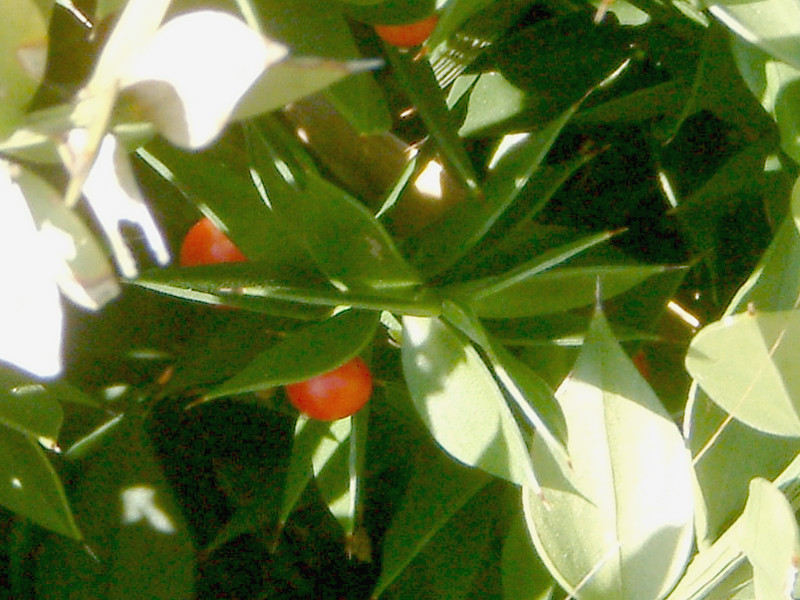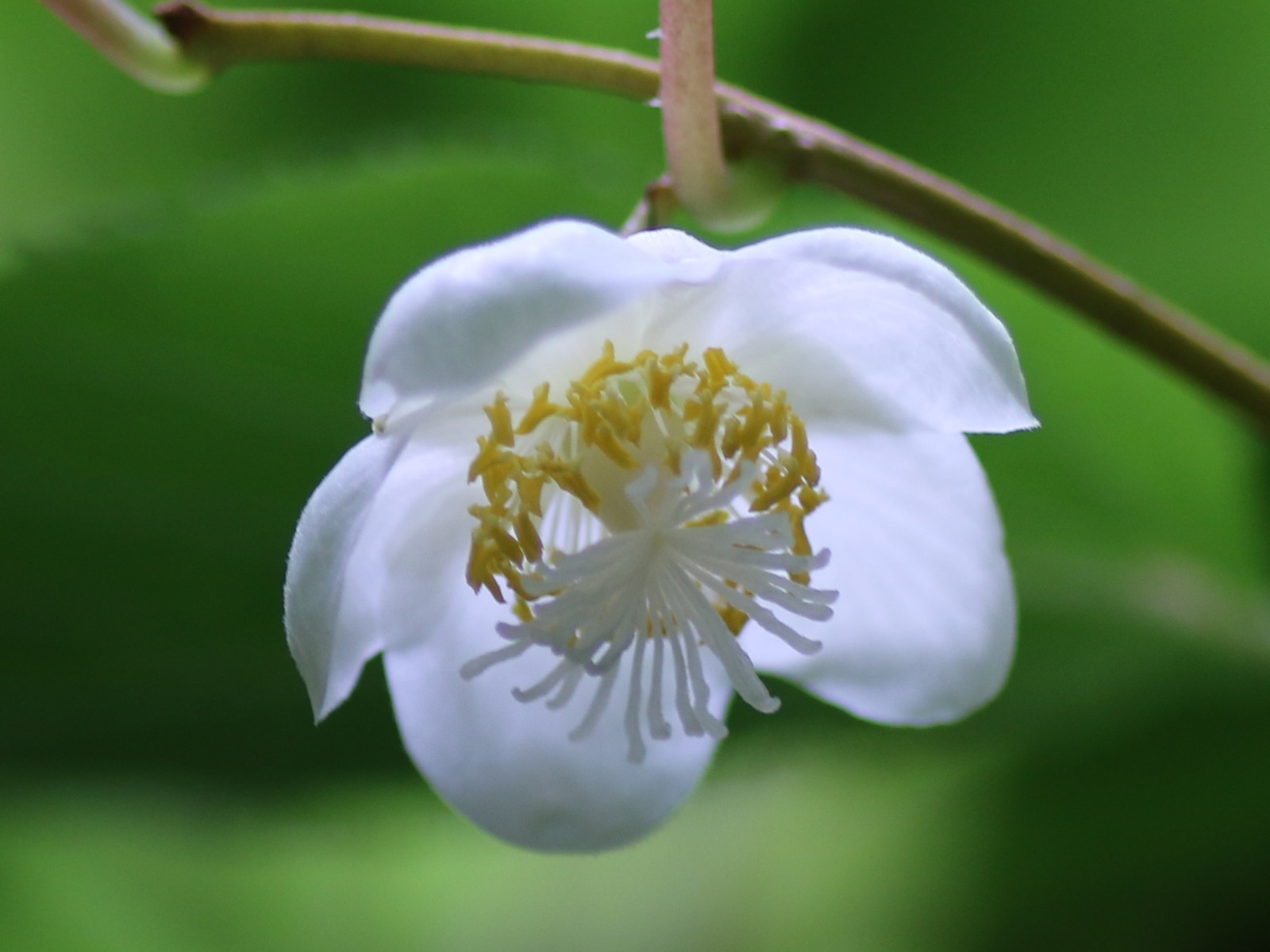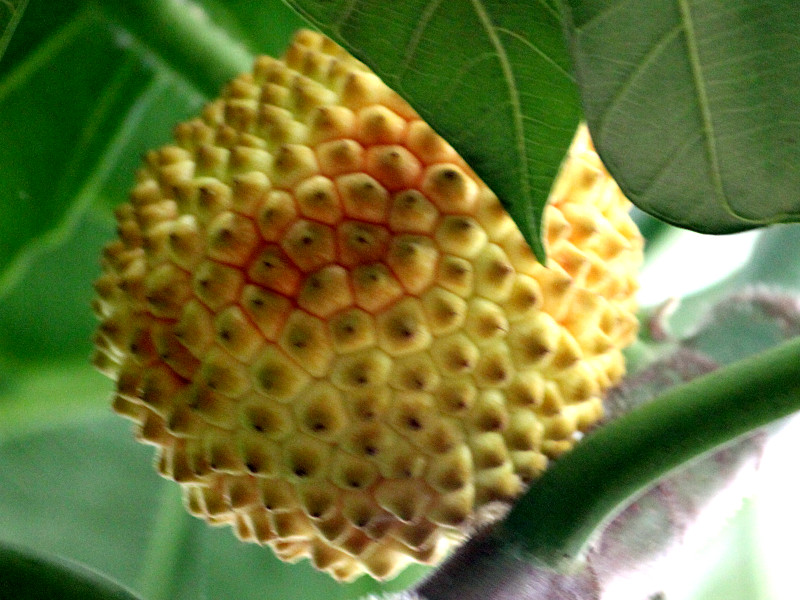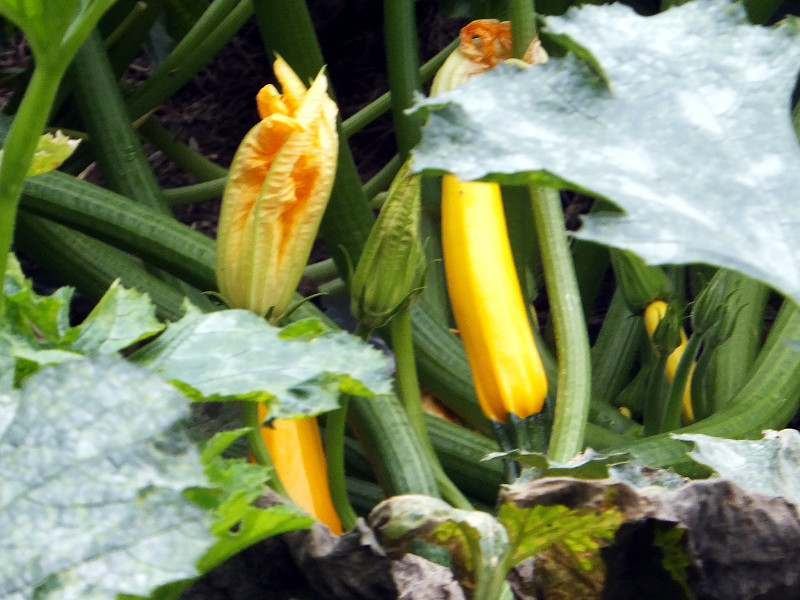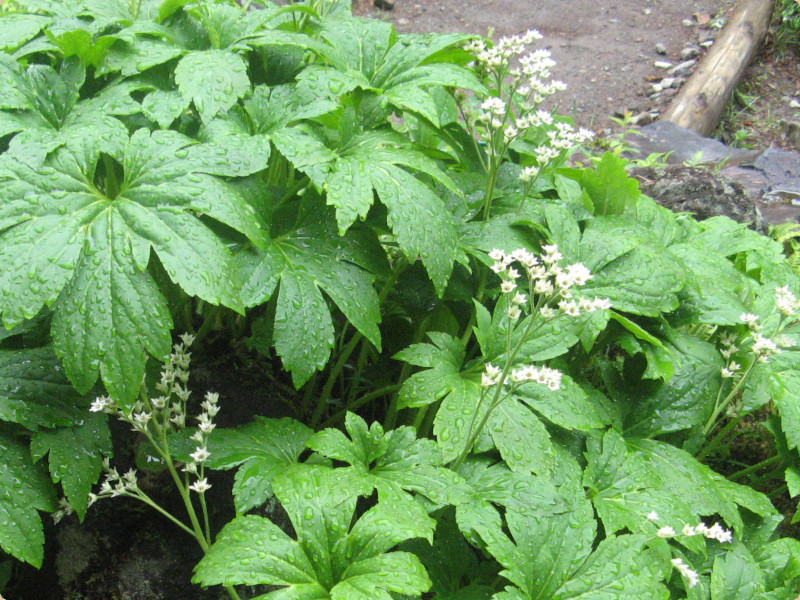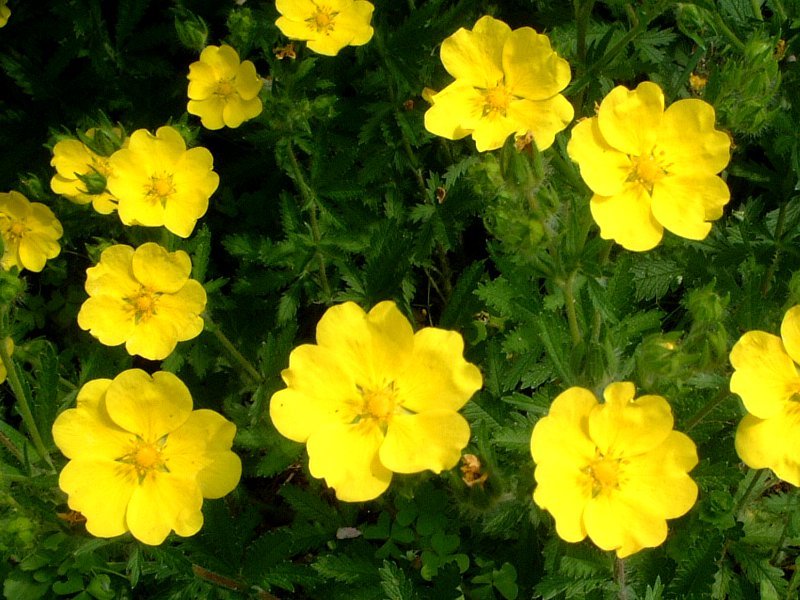Senbongiku
- Flower nameSenbongiku
- Scientific nameAster microcephalus var. microcephalus
- Alias千本菊, タニガワコンギク, 谷川紺菊, 水菊, Aster microcephalus
- Place of origin Japan
- Place of floweringFields and footpaths, Wetlands, Botanical Gardens, Low mountains, Potted flower
- Flowering seasonSeptember, October, November
What is Senbongiku
Senbongiku (A Thousand Stems Chrysanthemum, Scientific name: Aster microcephalus var. microcephalus) is a perennial plant native to Japan, belonging to the genus Aster of the family Asteraceae. It is the typical variety of Nokongiku (Aster microcephalus var. ovatus), another perennial species in the same genus.
It is also known by the common names Tanigawa-kongiku (“Tanigawa Purple Daisy”) and Mizugiku (“Water Daisy”).
It grows naturally in rocky areas along mountain streams from Honshu to Kyushu.
The plant grows to a height of 30–40 cm. Its stems are thin but numerous, appearing bundled together, and branch further in the upper parts.
The leaves are slender and linear, 3.5–6 cm long and 0.2–1.0 cm wide, with pointed tips and sparse serrations along the margins. The base tapers gradually, and the leaves are arranged alternately.
From September to November, it produces flower heads 1.5–2 cm in diameter, consisting of a single row of narrow ligulate ray florets, nearly white (sometimes pale purple) in color, surrounding a central cluster of yellow tubular florets, which are five-lobed at the tip.
The involucre is hemispherical, with three rows of involucral bracts.
Origin of the Name
The genus name Aster comes from the Greek word “aster” (star), referring to the star-like appearance of the flowers.
The specific epithet and varietal name “microcephalus” come from “micro-” (small) + “cephalus” (head), meaning “small head,” referring to the small capitula.
The Japanese name “Senbongiku” (“Thousand Stems Chrysanthemum”) refers to the numerous slender stems that appear bundled together, branching above to produce many flowers, giving the impression of a thousand blossoms.
Differences Between Senbongiku and Nokongiku
Senbongiku is a variety derived from Nokongiku, and thus they resemble each other. The differences are as follows:
Habitat:
Senbongiku grows naturally on rocky areas along streams, while Nokongiku grows in mountain areas and grasslands.
Leaf Shape:
Senbongiku’s leaves are slender, while Nokongiku’s leaves are less narrow.
Flower Meaning
“Happiness in abundance”
General Information:
Japanese name: センボンギク (千本菊)
Scientific name: Aster microcephalus var. microcephalus
Other names: タニガワコンギク (Tanigawa-kongiku), ミズギク (Mizugiku)
Classification: Plantae, Angiosperms, Eudicots, Asterales, Asteraceae, Aster
Distribution: Honshu to Kyushu, Japan
Habitat: Rocky areas along mountain streams
Height: 30–40 cm
Stem: Thin, appearing bundled, branching above
Leaf shape: Slender, linear, pointed tip
Leaf size: Length 3.5–6 cm, width 0.2–1.0 cm
Leaf margin: Sparse serrations
Leaf base: Gradually tapering
Leaf arrangement: Alternate
Flowering season: September–November
Inflorescence: Capitulum (ray florets and tubular florets)
Ray florets color: Nearly white to pale purple
Tubular florets: Yellow, tip 5-lobed
Flower diameter: 1.5–2 cm
Involucre: Green, hemispherical, with three rows of bracts
Related Pages:
Senbongiku (Aster microcephalus var. microcephalus)
Nokongiku (Aster microcephalus var. ovatus)

